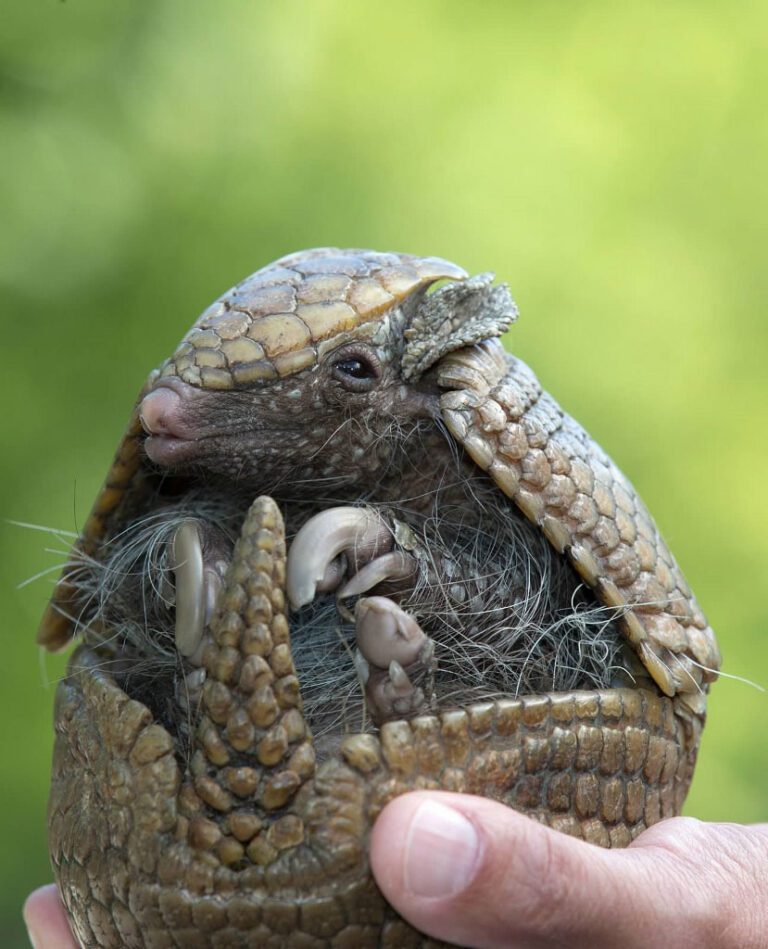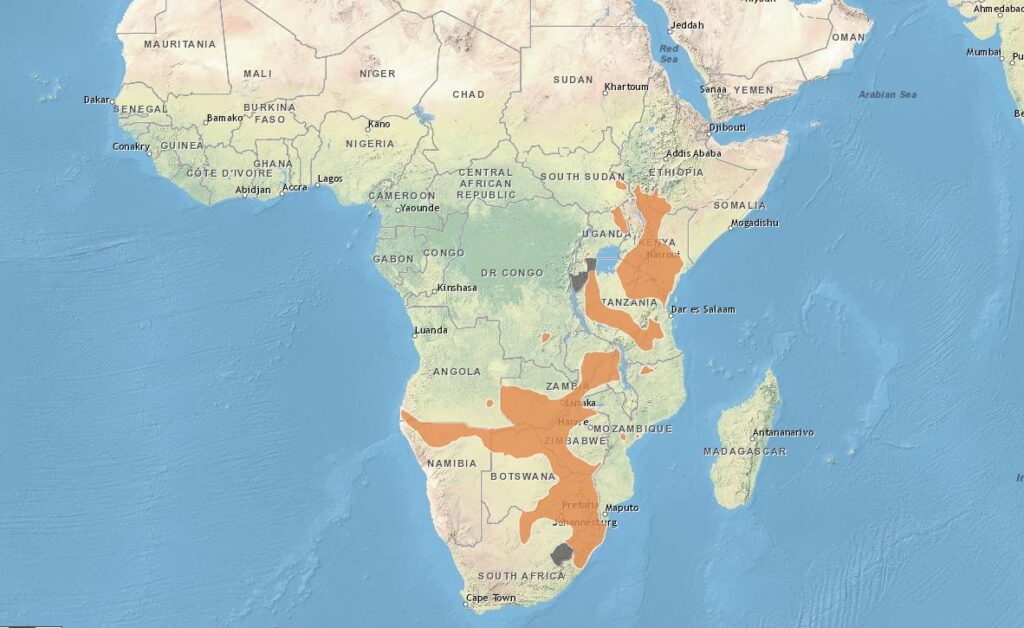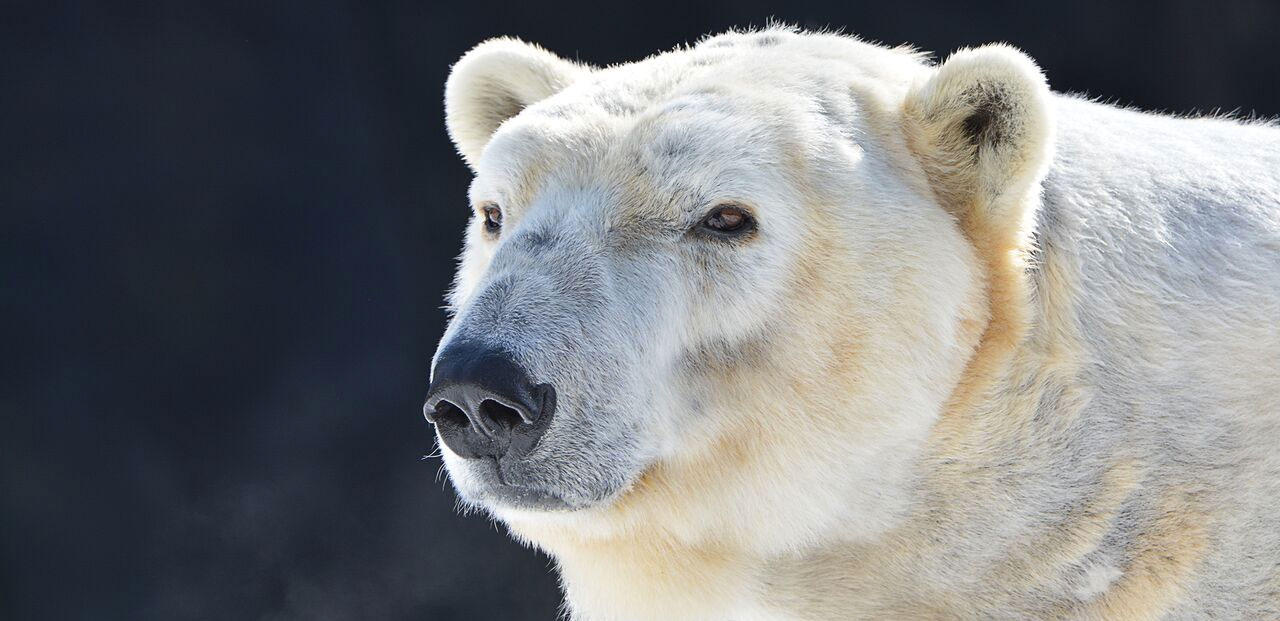Domestic Rabbit
The Zoo is home to one domestic rabbit as part of our Ambassador Animal collection.
Animal Facts
Diet
Herbivore. Grasses, leaves, flowers, bark, roots, grains, vegetables, cecotropes, pellets, timothy hay, greens and veggies.
Status in The Wild
- Endangered (native range)
International Union for Conservation of Nature (IUCN) Red List status
Domestic rabbit natural habitats include grassland, shrubland, savanna, forest. Their range extends the Iberian Peninsula (including Spain, Portugal, and southwestern France), western France, and the northern Atlas Mountains in Northwest Africa.
Introduced countries: Albania, Algeria, Australia, Austria, Belgium, Bulgaria, Chile, Croatia, Czech Republic, Denmark, Germany, Greece, Hungary, Ireland, Italy, Morocco, Namibia, Netherlands, New Zealand, Norway, Poland, Romania, Russia, Slovakia, South Africa, Sweden, Switzerland, United Kingdom, United States.
They prefer mixed habitats of Mediterranean oak savanna or scrub-forest, or areas with around 40% cover for shelter from predators and open areas that support their diet of grasses and cereals. They are also often found in areas with high density of managed farmland. Soft soil is preferred for building warrens and in rockier habitats they will often use scrubs as their shelter.
More Animals From Africa





Domestic Rabbit





Ring-neck Parakeet





White Rhino





Ball Python





Buffalo Weaver





Plains Zebra





Giant Day Gecko





Golden-Breasted Starling





East African Spiny-Tailed Lizard





Giant African Millipede





Olive Baboon





Speckled Mousebird
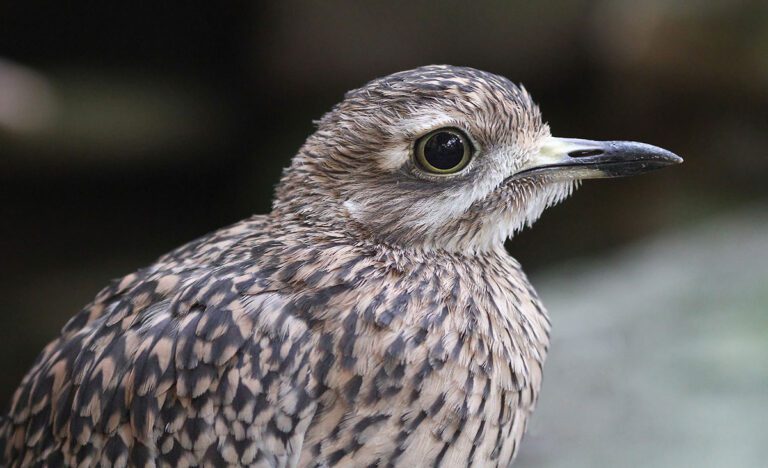




Cape Thick-Knee





Superb Starling





Masai Giraffe





Mombasa Golden Starburst Tarantula
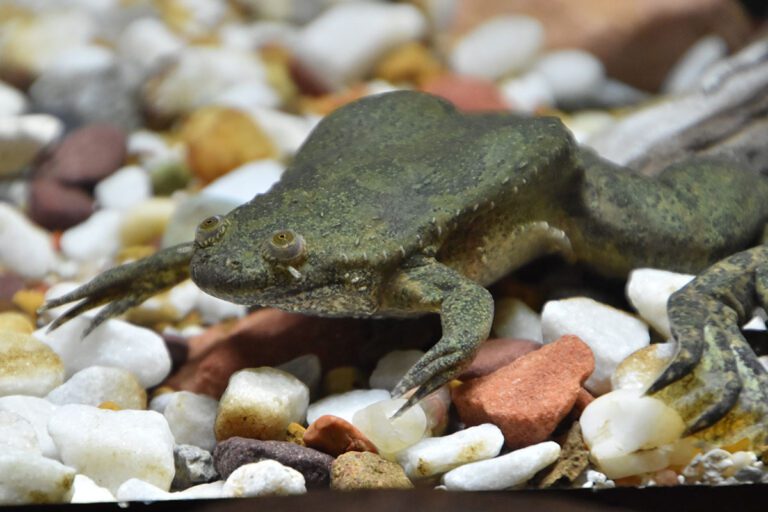




Mueller’s Clawed Frog





Naked Mole Rat





Taveta Golden Weaver





Madagascar Hissing Cockroach





Madagascar Tree Boa





Congo African Grey Parrot





Dumeril’s Ground Boa





Great Plated Lizard





Henkel’s Leaf-Tailed Gecko
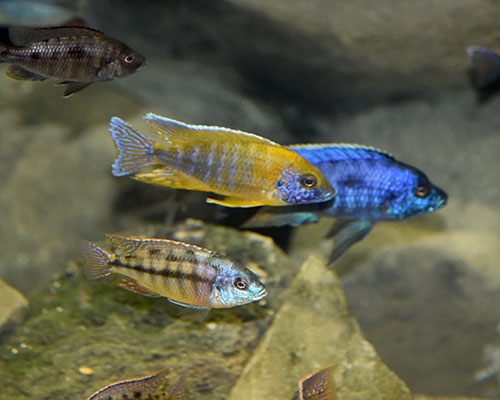




Lake Malawi Cichlids





African Pancake Tortoise





African Penguin





African Lion





African Bush Viper













